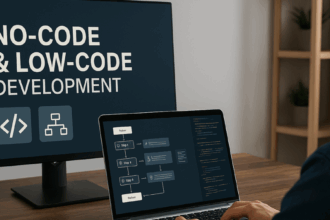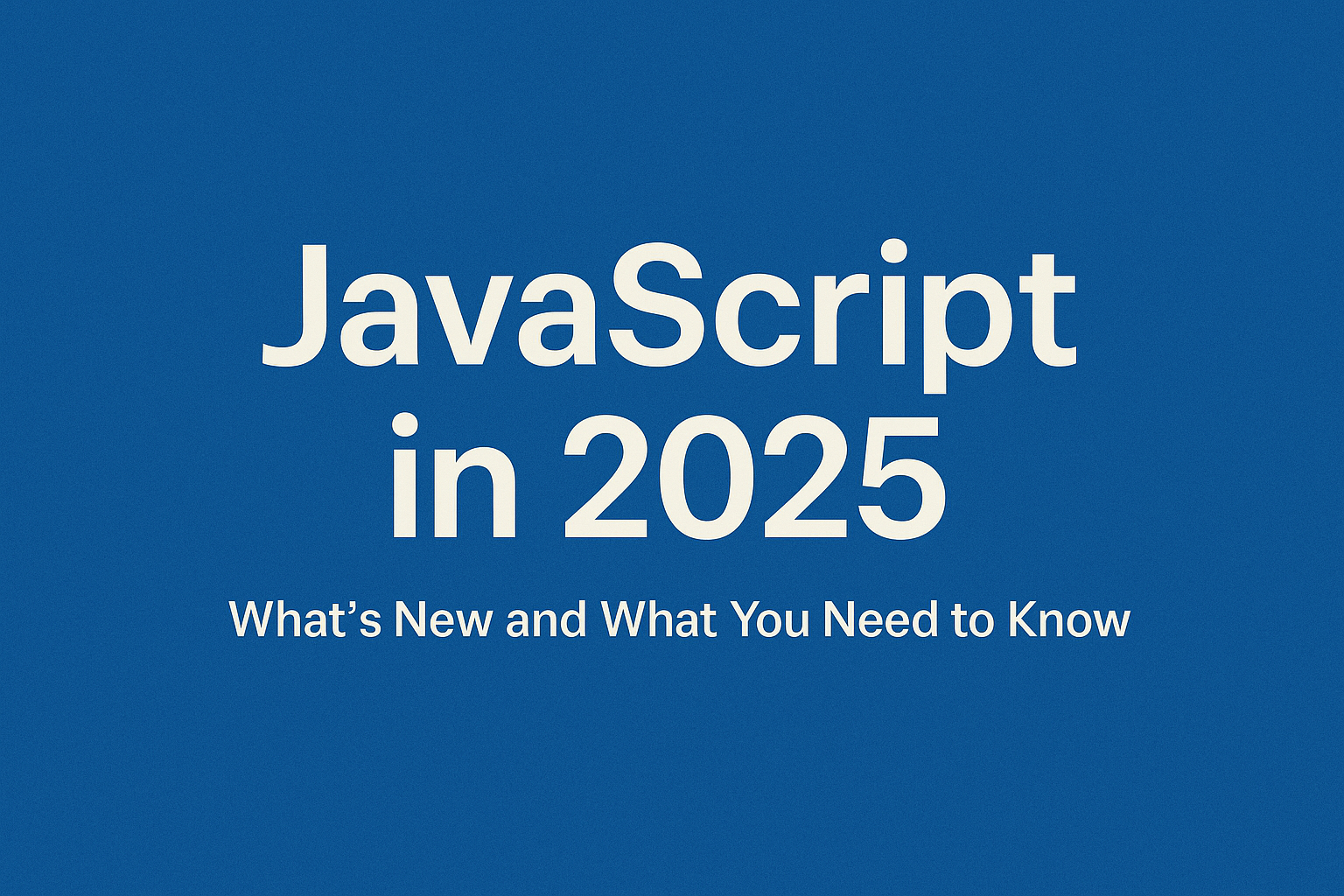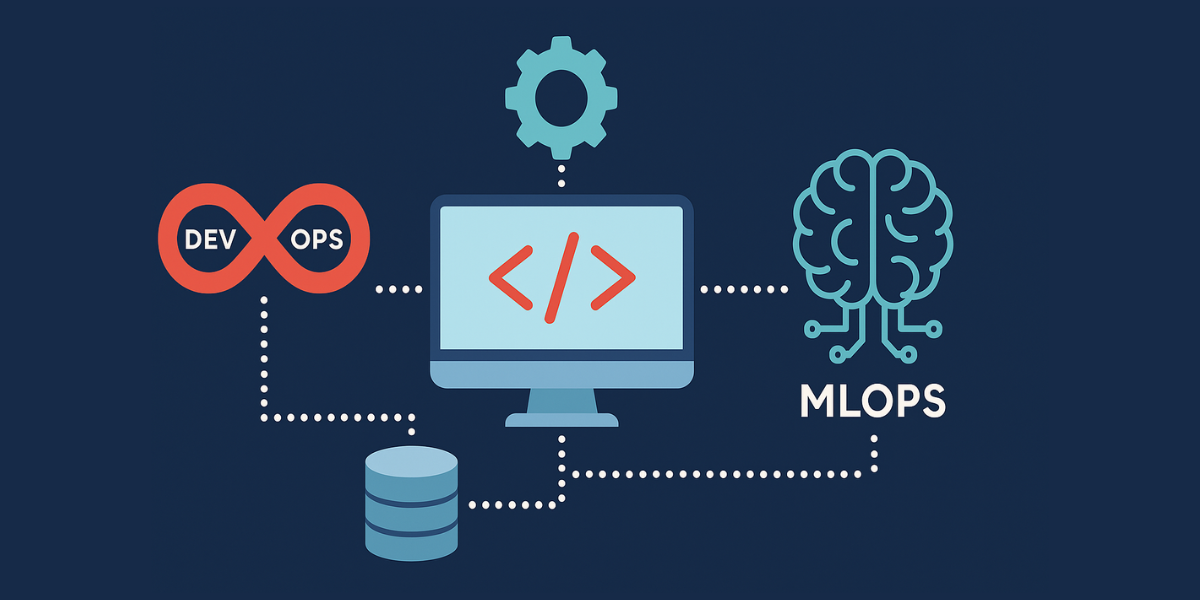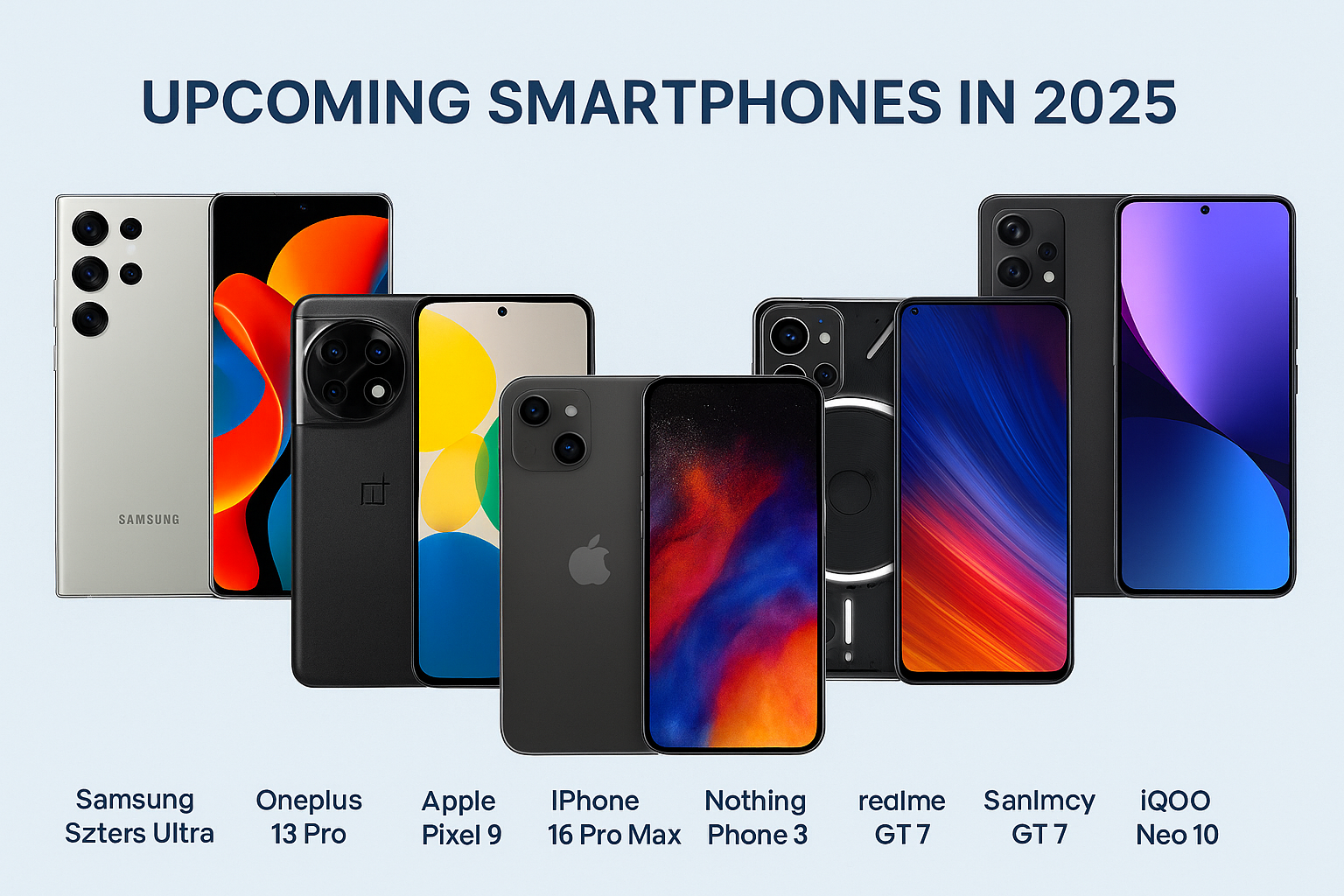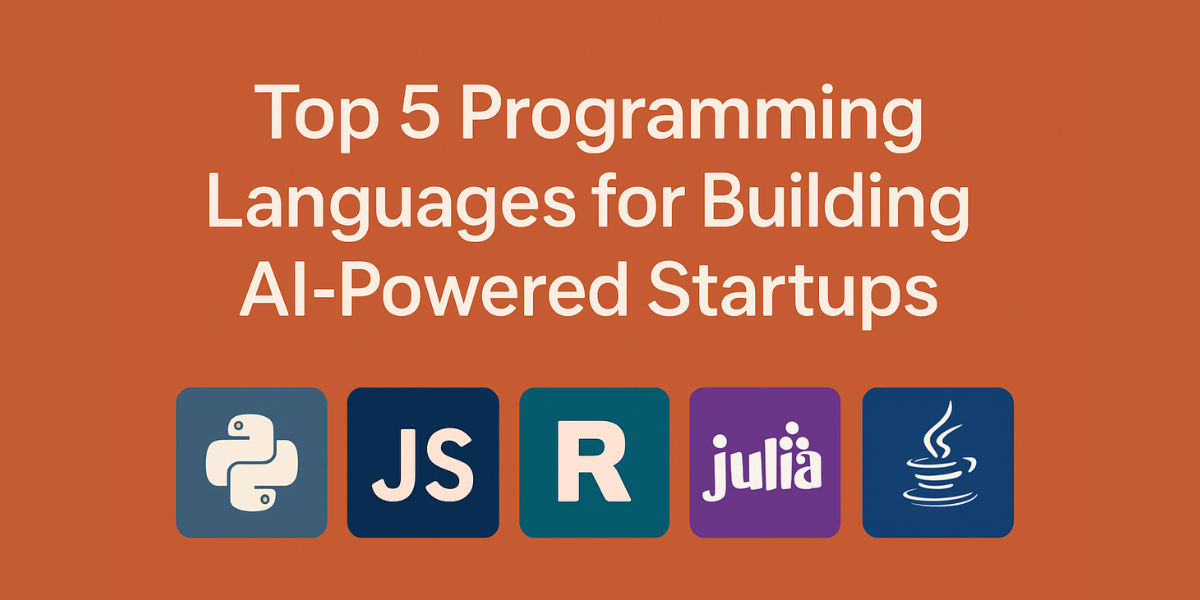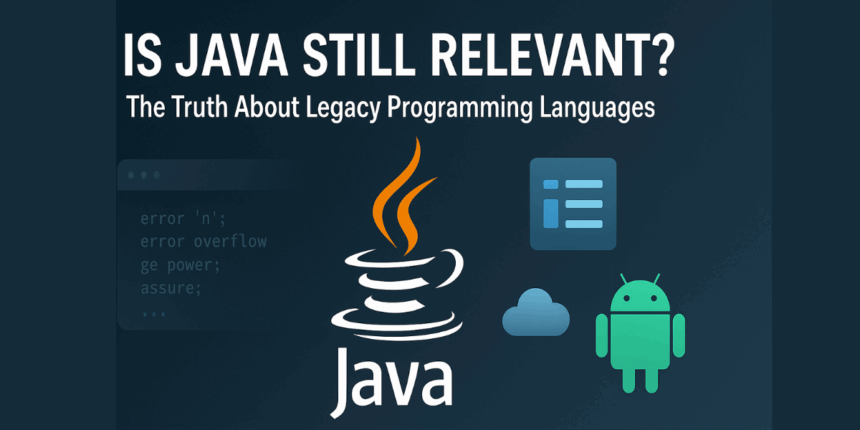The software development landscape is changing—fast.
In a world that demands speed, adaptability, and cost-efficiency, the debate between no-code platforms and traditional development is more relevant than ever. Whether you’re a startup founder, a product manager, or a solo entrepreneur, choosing the right development approach could make or break your momentum in 2025.
So, which one is winning the race this year? Let’s break down the advantages, limitations, and real-world use cases of both sides—and help you decide what works best for your goals.
What Is No-Code (and Why Is Everyone Talking About It)?

No-code platforms allow users to build functional apps, websites, and software tools without writing a single line of code. Tools like Webflow, Bubble, Airtable, Adalo, and Zapier have empowered non-developers to launch products with drag-and-drop ease.
The appeal?
Speed, Affordability, and Accessibility.
In 2025, no-code has evolved well beyond basic websites. People are building SaaS tools, marketplaces, CRMs, internal dashboards, and even AI-powered apps—all without a traditional engineering team.
Traditional Development: The Tried-and-True Powerhouse
Traditional development, on the other hand, relies on experienced developers using programming languages like Python, JavaScript, Java, or C#. It’s more flexible, scalable, and deeply customizable—but also more time-consuming, complex, and expensive.
Whether you’re building a fintech platform or an enterprise-grade ERP system, there’s still no replacing full-stack development for highly sophisticated and performance-critical projects.
Speed to Launch: No-Code Takes the Lead

One of the biggest advantages of no-code platforms is speed. Building a minimum viable product (MVP) that would take 3–6 months with a dev team can now be done in 2–3 weeks using no-code tools.
In a fast-moving market where early feedback is gold, this agility can be a game-changer. Founders are validating ideas, testing monetization strategies, and attracting investors—all without waiting for a development sprint cycle.
Winner: No-Code
Customization and Flexibility: Dev Teams Still Rule

Need to build something complex like a real-time collaboration tool, a custom payment system, or a game engine? No-code platforms will quickly hit their limits.
While modern no-code tools offer plugins and integrations, they still can’t match the granular control and scalability of custom-coded solutions. You simply get more power when you’re writing your own rules.
Winner: Traditional Development
Cost Efficiency: No-Code Empowers Lean Teams

Hiring developers isn’t cheap. Whether you’re outsourcing or building in-house, a single full-stack developer can cost $60k–$150k+ annually. That’s not even factoring in project management, QA, and maintenance.
No-code platforms usually charge a monthly subscription fee ranging from $20 to $200, making them a dream come true for solopreneurs, bootstrapped startups, and non-tech founders.
Winner: No-Code
Maintenance & Updates: A Tie with a Twist

No-code platforms handle infrastructure, hosting, and updates in the background, freeing users from routine maintenance. But you’re also at the mercy of their limitations and any platform downtime.
With traditional development, you own the stack. You can optimize performance, upgrade security, and integrate with any system—but it requires ongoing developer time and expertise.
This one boils down to how much control you need vs. how much responsibility you want.
Tie (depends on use case)
Community & Ecosystem: Growing on Both Sides

No-code tools have rapidly growing communities, full of templates, tutorials, and user-generated components. In 2025, some platforms even have marketplaces where you can buy entire project templates.
However, traditional development has decades of documentation, forums like Stack Overflow, GitHub repositories, and specialized communities for every niche.
In short:
No-code = beginner-friendly and niche-focused
Traditional = battle-tested and technically rich
Winner: Traditional (but no-code is catching up fast)
Security & Compliance: Enterprise Still Needs Code

If you’re building something that handles sensitive user data, complex authentication, or compliance regulations (like HIPAA, SOC 2, or GDPR), traditional development is still the safer bet.
No-code tools are improving, but you may not always have full control over server locations, encryption, or data architecture—things that matter deeply at scale.
Winner: Traditional Development
Who Should Use What in 2025?
Go No-Code if you are:
- A solo founder validating an idea
- A marketer or designer building internal tools
- Launching a small SaaS, directory, or marketplace MVP
- Working under tight deadlines or limited budgets
Go Traditional Dev if you are:
- Scaling a custom solution to thousands of users
- Needing complex backend logic or APIs
- Requiring full ownership of the infrastructure
- Building secure enterprise-level software
Hybrid is the Future
Here’s the truth: You don’t have to choose sides.
In 2025, many successful startups are embracing a hybrid model—using no-code for prototyping, admin panels, or frontend experiments, while relying on custom code for core functionality.
This approach lets you move fast and build for scale. It’s not about no-code vs. code—it’s about using the right tool for the right job.
Final Verdict: There’s No One-Size-Fits-All Winner
If speed, affordability, and accessibility matter most, no-code wins.
If control, complexity, and scale are your priorities, traditional development holds the crown.
But in reality? The most successful teams in 2025 are blending both worlds—leveraging no-code tools for agility and custom code for power.
Ready to explore tools and tips that fuel modern product development?
At YourTechDigest, we’re here to keep you ahead of the curve. Subscribe now for practical guides, platform reviews, and founder-friendly insights delivered weekly—no code required.





